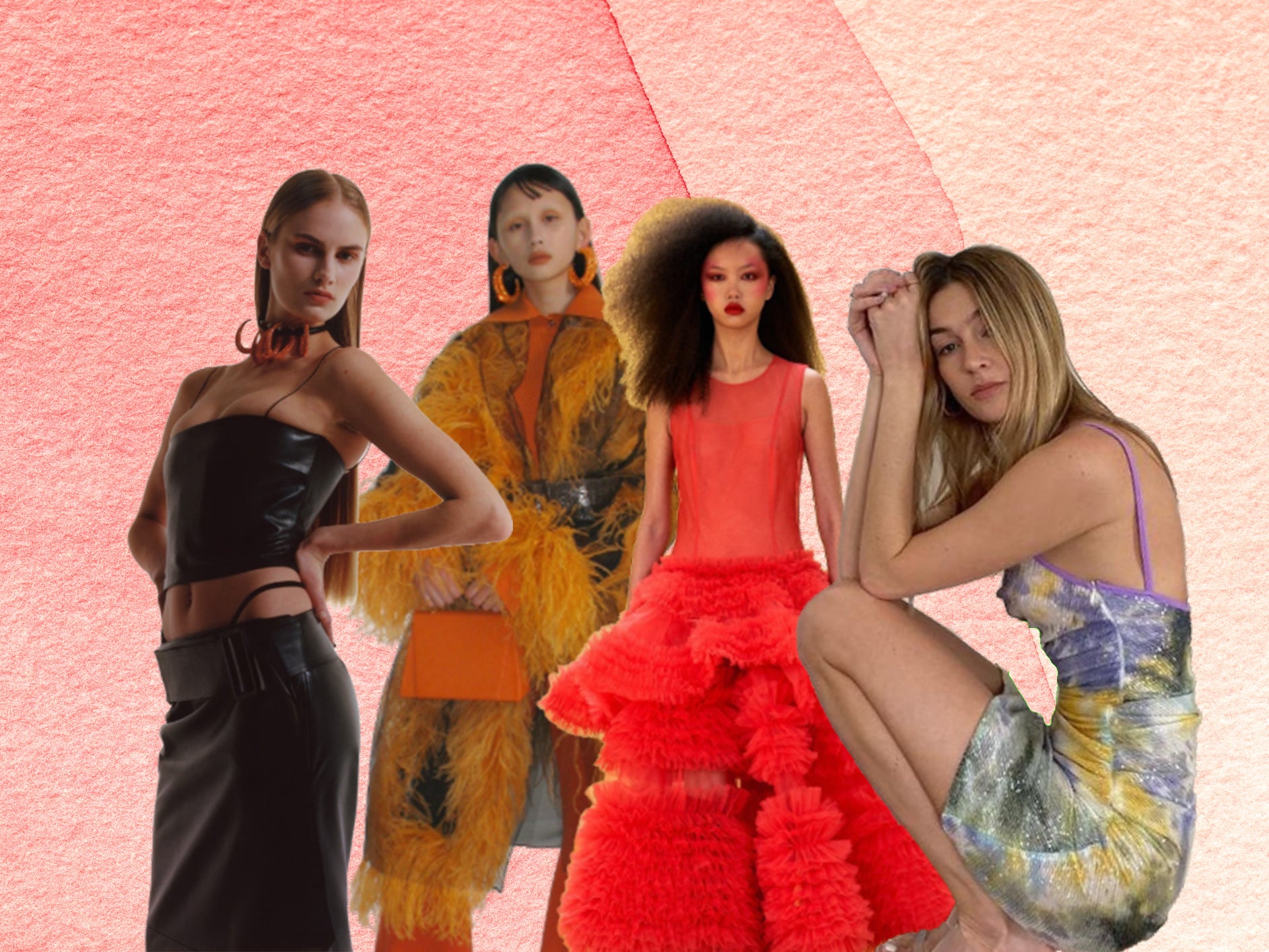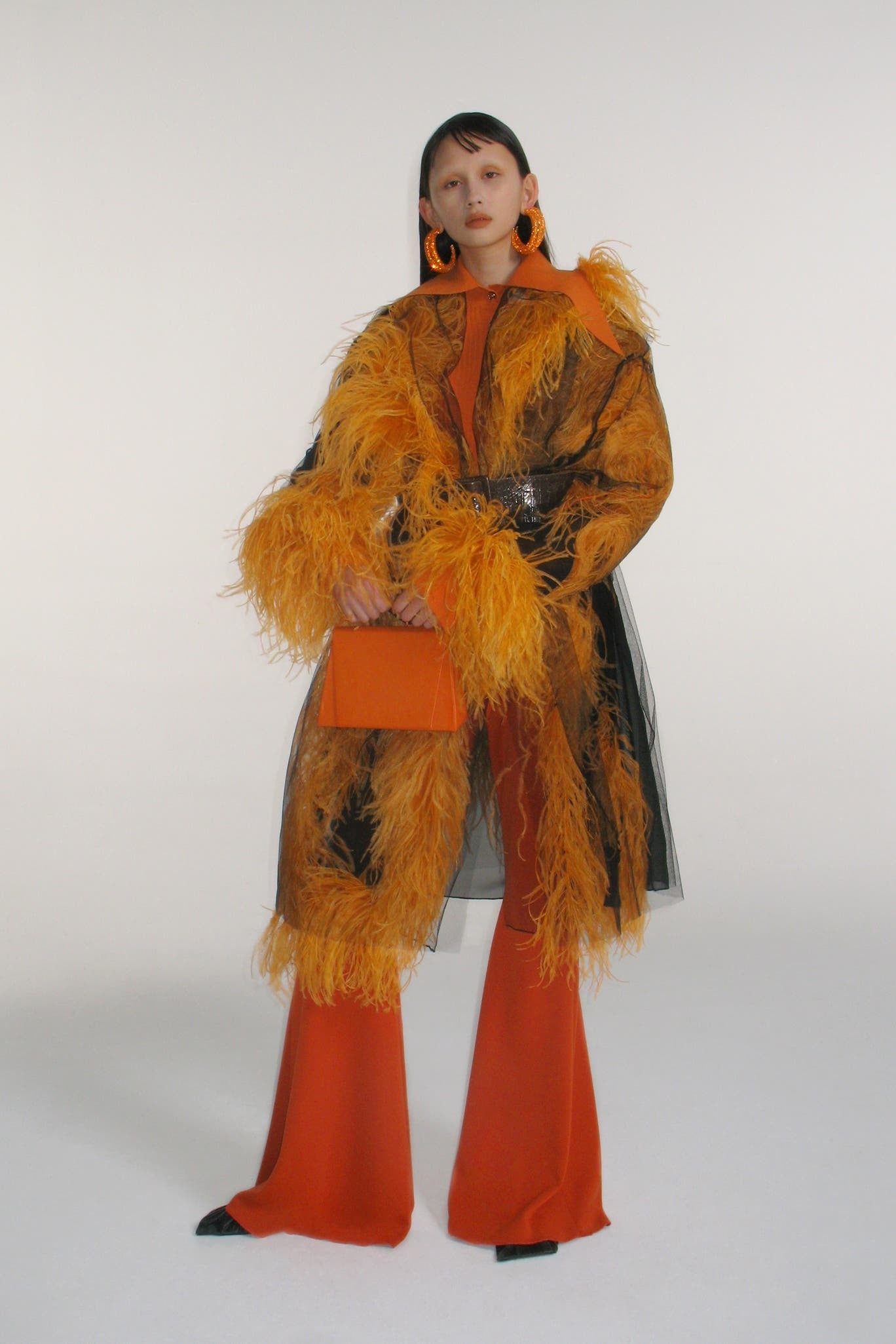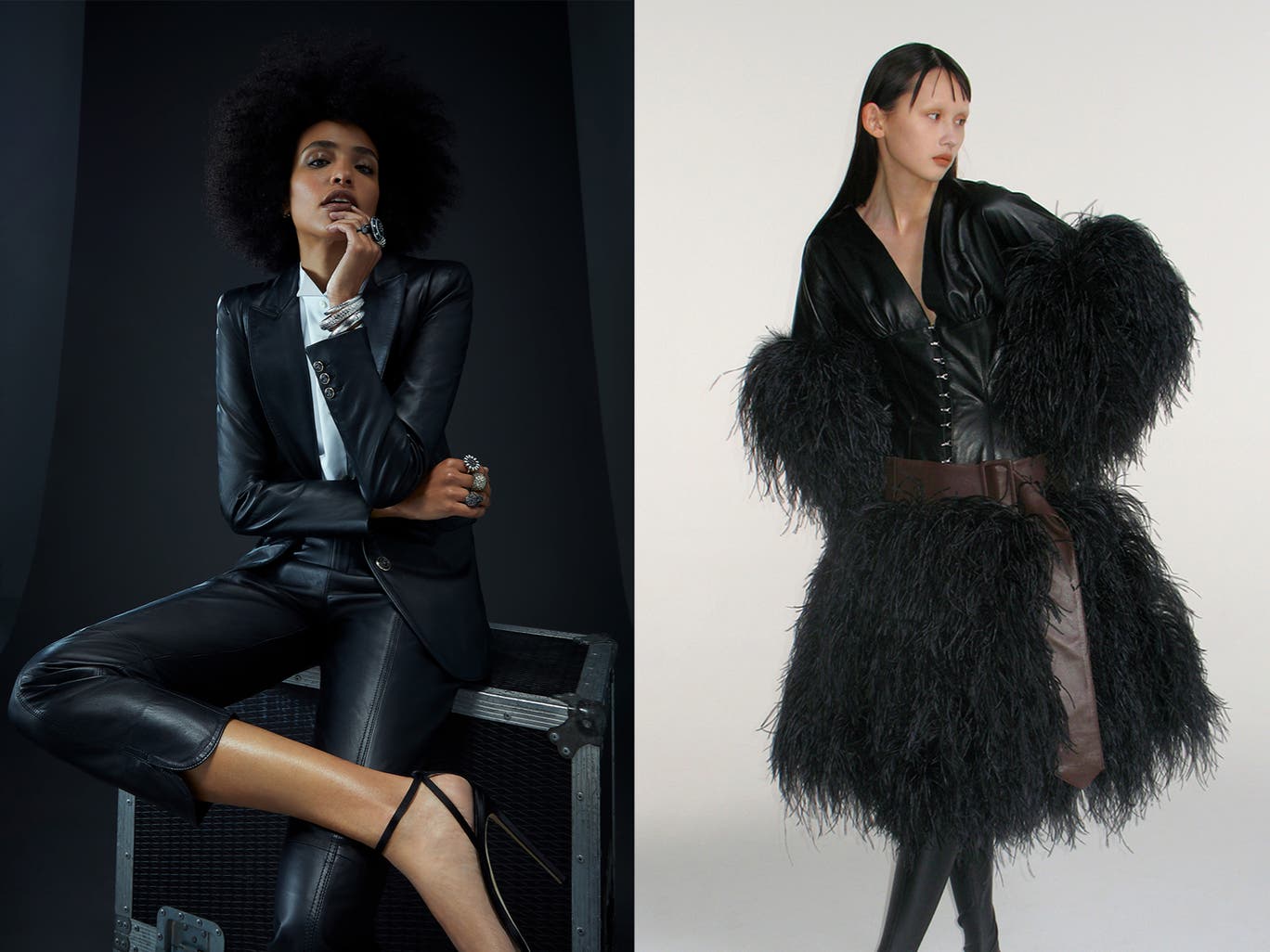The Independent's journalism is supported by our readers. When you purchase through links on our site, we may earn commission.
Pandemic revenge dressing: welcome to the post-lockdown fashion boom
As England lifts all Covid restrictions, Olivia Petter examines how this seismic moment will influence our wardrobes


By now, you will probably be familiar with the “pandemic revenge outfit”. Perhaps you’ve seen the hashtag trending on Twitter alongside a picture of a chainmail halterneck top. Or a leopard print co-ord. Or a sequin cocktail dress. Whatever the image, they will all send the same message: this is not just any outfit.
For the uninitiated, the pandemic revenge outfit is characterised by a unique set of sensibilities: melodrama, extravagance, and unadulterated excess. It’s the kind of outfit we haven’t had any place to wear for the last 18 months. One that, we hope, will make up for all of the time we’ve spent neglecting our wardrobes during lockdown, when dressing up meant donning a matching pyjama set. In short, it’s a sartorial f*** you to Covid.
The rise of the pandemic revenge outfit is supported by shopping data. According to global fashion search platform Lyst, we’ve all been craving “going out” clothing this year, with online searches for high heels and dresses up by 197 and 176 per cent respectively, while searches are also steadily rising for fluorescent green and pink items.
Post-lockdown, trends will be widely shaped by the type of experiences that we have missed over these past months
Additionally, there has been a surge in interest surrounding statement looks, like Marcia’s “no underwear” designs and Nensi Dojaka’s sculpting mesh mini dresses, which, with unusual cutouts on the bodice and sides, leave little to the imagination (the Albanian-born designer’s asymmetric mini dress was one of Lyst’s “hottest products” last quarter).
Such statement looks have certainly been the port of call on Instagram recently. Fashion writer and influencer Camille Charrière dubbed a mesh pair of stilettos with a flared heel by Parisian label Amina Muaddi the “Revenge Heel” in February, just a few months after she captioned a photograph of herself in a pair of black micro-shorts and black platform shoes a “post corona revenge look”. Elsewhere on the ’gram, Man Repeller founder Leandra Medine slipped into her own lockdown revenge look, comprising black shorts, Chanel tights, Manolo Blahnik pumps, and a Norma Kamali military jacket.
Meanwhile, Town and Country took the metaphor a bit literally by dedicating its entire May issue to the glamour of dressing up, featuring a photograph of the socialite Jill Kargman blowtorching her tracksuit bottoms. Yes, really.
“After over a year of living in sweatpants, it’s clear that fashion lovers want to feel the joy of dressing up again, and it seems they have also taken advantage of this time spent at home to rethink and shatter the traditional codes of dressing,” says Morgane Le Caer, content lead at Lyst. “Post-lockdown, trends will be widely shaped by the type of experiences that we have missed over these past months, and we predict a comeback of body-con dresses and other going out clothes.”
Similar trends have been noted over at luxury e-tailer Net-a-Porter, where Libby Page, senior market editor, has identified a rise in colourful patterned dresses from the likes of Chloé and Zimmerman. “We predict a burst of feminine pieces and playful prints as customers embrace the joy of dressing up by experimenting with textures and colours that they typically haven’t tried before now,” she tells The Independent.
Saisangeeth Daswani, head of advisory at trends intelligence company Stylus, describes this as an “anti-domestic mindset”. “With more time on their hands, the pandemic has empowered consumers’ creativity, particularly on the social front,” she adds. “Similarly, consumers might not want to follow set trends going forward and prefer to use their clothing, style and dress sense to better express their identities.”
It might seem only natural that, after spending a year wearing nothing but pyjamas and loungewear, we’d want to dress up more – but there’s a more deep-rooted psychological explanation to all of this. “After a year of doom and gloom, putting more effort into the way we dress will spark a new relationship with our clothing. It is the first step to reclaiming our lives,” says fashion psychologist Dr Dawnn Karen.
Given that the fashion industry relies on brands being one step ahead – designers showcase their collections six months in advance – it will come as no surprise that several labels predicted the current rise in f*** it fashion back in February.
Flamboyance was the theme-du-jour at 16Arlington, whose autumn/winter 2021 collection was bursting with its signature ostrich feathers, which found their way onto everything from leather gowns, puffer coats, and a show-stopping burnt orange coat complete with a black mesh overlay.

The mood was just as dramatic over at Temperley London. Usually famed for its delicate sequin gowns, the brand took a different tact by producing leopard-print frocks with matching coats and standout tailoring in the form of velvet and leather three-piece suits.

As any fashion fan will know, our clothes are not just things to wear, but a means of self-expression. And having been robbed of that for more than a year, many people will feel compelled to express themselves more boldly than ever before. As a result, Dr Karen predicts that any occasion will become an event to dress up, whether it’s going to a sporting event or getting on a plane. “This is known as ‘mood enhancement dress,’” she explains. “People will dress for themselves as opposed to others.”
It’s not the first time that a global tragedy has inspired a wardrobe change. “In many ways this carefree, devil-may-care attitude is similar to what happened just over a 100 years ago at the end of Spanish Flu in 1918,” says fashion historian Lally MacBeth. “The 1920s saw skirts rise, hair chopped short, and a new adventurous spirit of optimism and freedom.” The underlying mood this time round, MacBeth predicts, will be characterised by a similar sense of liberation; when all restrictions lift, we will finally be free to do the things (like going out to nightclubs) that we haven’t been able to do for months. It makes sense, then, that all this would be reflected in the way we dress.
This carefree, devil-may-care attitude is similar to what happened just over a 100 years ago at the end of Spanish Flu in 1918
There will, of course, be some people who find themselves veering in the opposite direction. Perhaps they have become so accustomed to their lockdown uniform, comprising tracksuit bottoms and an oversized T-shirt, that the thought of wearing anything else makes them shudder. “There will be some people that will remain in their 2020 sartorial style,” says Dr Karen. “This special group of people will be ‘stuck’ in a time warp due to the unexpected jolt this pandemic and lockdown gave us. They self soothed by wearing leisure looks and so will continue to dress for safety and functionality.”
Whichever camp you sit in, there is no doubt that the pandemic will have sparked some sort of change in how you feel about the way you dress. “It’s inevitable after what has felt like a restrictive year in what we can wear,” adds Page. “Fashion sparks joy. So it’s natural to want to change our approach to clothing now that there is more purpose, more events, and a sense of occasion.”
If you’re unsure of what your post-pandemic self will look like, Dr Karen suggests performing an “emotional temperature check”. “Use this to check in with how you’re feeling and align that with your attire,” she says. For those who can’t wait to get back on the dance floor, that might mean donning your boldest and brightest glad rags everywhere from the supermarket to the post office. But for others, it might mean taking a more subtle approach to ease yourself back into this brave new world.
The important thing is simply to make sure that you feel comfortable. “Incongruence and inauthenticity are the enemies of confidence,” adds Dr Karen. “The key to looking and feeling better is creating an alignment between who you are, how you feel, and who the world sees.” And what better way to do that than through your clothes?
Join our commenting forum
Join thought-provoking conversations, follow other Independent readers and see their replies
Comments
Bookmark popover
Removed from bookmarks